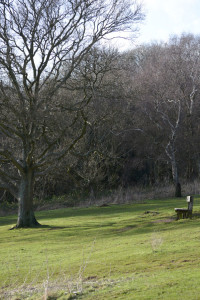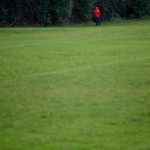Becoming familiar
It was with great enthusiasm our merry band assembled this morning for the final module of our BSL course, most of last week’s anxiety has now gone although we still don’t know the outcome of our 102 assessment.
This week we ran over some familiar territory. I always seem to be lulled into a false sense of security at the beginning of the session, ‘ah yes I remember those signs, it’s all coming back.’ Then new bits of vocabulary slowly pile in and my brain turns to noodles. I think I am just about keeping up and it is great to see how everyone’s confidence has flourished. Any fear of group humiliation has pretty much disappeared. I have certainly found that I don’t learn if I’m not prepared to just give it a go.
It is a curious position to be in, going from a familiar and extensive vocabulary to that of a child. The frustration of knowing what you want to say yet not having the tools to do it in anything more than the most basic form.
I also found more interesting BSL research this week that suggests people who have learnt sign language have a tendency to use more gestures after they have finished their studies. I certainly find the odd sign sneaks in now but I had assumed that was because I am consciously trying to practice. I have a certain childlike joy when I come across a word in conversation and am able to think I know the sign for that! It seems I am not unusual in this. The researchers suggest there are three possible reasons for this:
- Students may have become accustomed to moving their hands when communicating, and this carries over into monolingual speech environments
- Learners of ASL (it was an American study) become accustomed to signing and speaking at the same time and this behaviour, which is true of many hearing people who sign, not just learners, simply carries over into speech
- The students’ repertoire of conventional gestures (akin to crossing your fingers for “good luck”) may simply have been increased by bringing in new gestures








